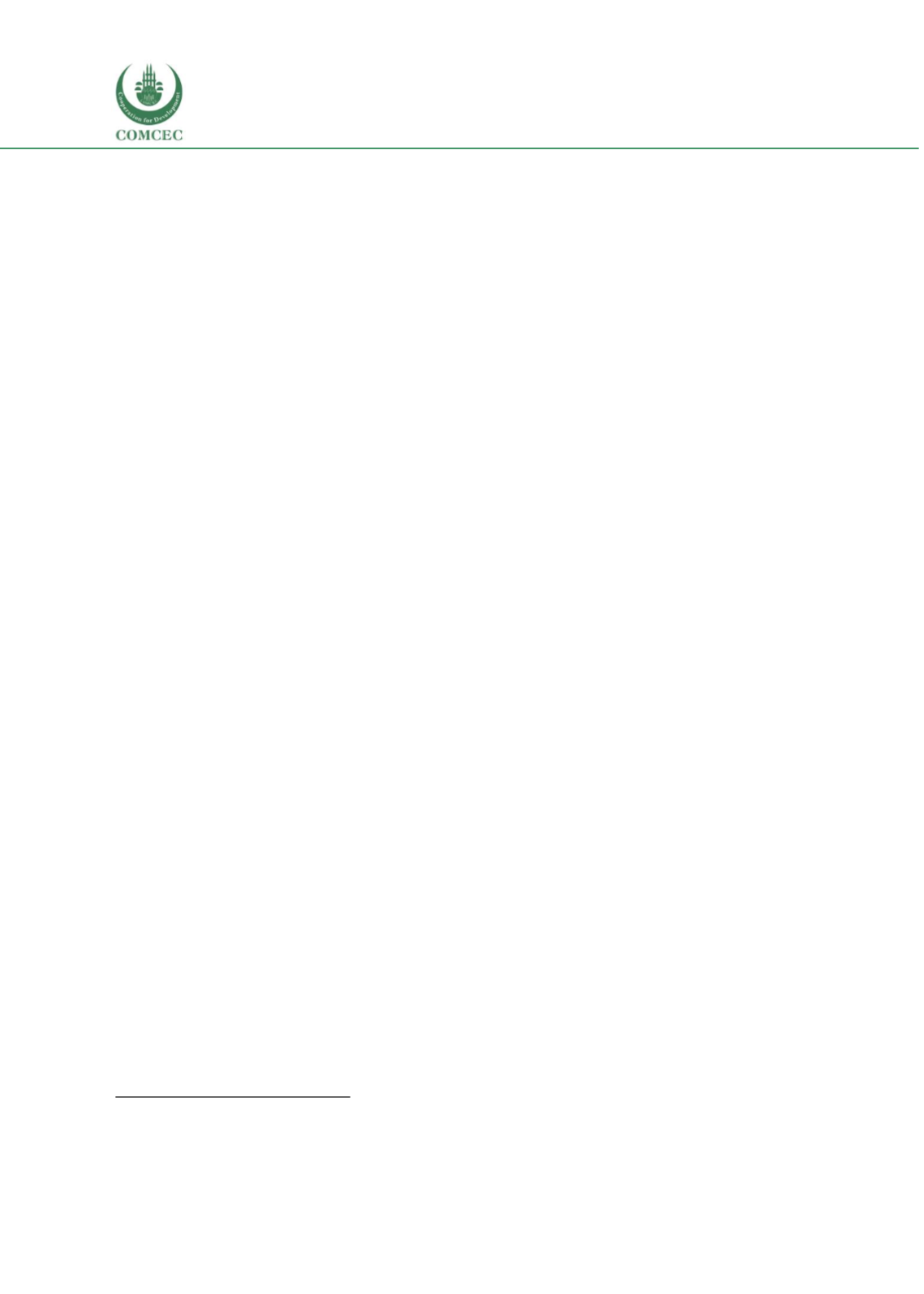

Education of Disadvantaged Children in OIC:
The Key to Escape from Poverty
156
Urdu is Pakistan’s national language whilst English has the status of ‘official language’.
The
country is also home to an additional 70 additional languages and four of these (Punjabi, Pashto,
Sindhi and Balochi) are provincial languages.
Education System overview
In 2010, the 18
th
Amendment to the Constitution of Pakistan devolved responsibility for education
delivery and spending to provincial governments.
Each province prepares its own Education
Sector Plans.
The federal ministry of education retains some limited mandates, mainly in
curriculum development, accreditation and the financing of research and development.
The 18
th
Amendment also introduced Article 25-A in the Constitution of Pakistan under which the
state is obliged to provide free and compulsory quality education to children of the aged 5 to 16.
The education system in Pakistan is generally divided into the following categories: Preschool (for
3-5 year olds); Primary (grades 1-5); Middle (grades 6-8); High (grades 9-10); Higher secondary
(grade 11-12). On completion of grade 10, pupils may qualify for a Secondary School certificate. If
they proceed to grade 12, they can sit a final examination for the Higher Secondary School
certificate.
Responsibility for Vocational Education lies with the Pakistani Technical Education and
Vocational Training Authority (PTEVTA).
The official medium of instruction in public schools is Urdu, with an introduction of English at
later grades. However, there are also public schools in which the medium of instruction is Pashto
(in KP), Sindhi (in Sindh) and other local provincial languages.
There are four main categories of formal education: (1) government Urdu (mostly) medium
schools (2) private non-elite/low cost ‘English medium’ schools (3) private elite English medium
schools (4) Deeni Madaris (madrasas) which offer an Islamic-oriented education, usually free of
charge. The first two are the main school offerings in Pakistan, while the numbers of private elite
schools and madrasas are a very small share of the total formal education offerings. Pakistan’s
education particularity lies in that low-cost private schools have proliferated in the last two
decades and now an estimated 39% of the total primary school children enrolled are attending
private schools
414
. There are also a number of non-formal basic education schools (feeder schools
and Basic Education Community Schools), which can allow certain pupils to eventually re-enter
the formal education system.
414
AEPAM (2017) p.8
















